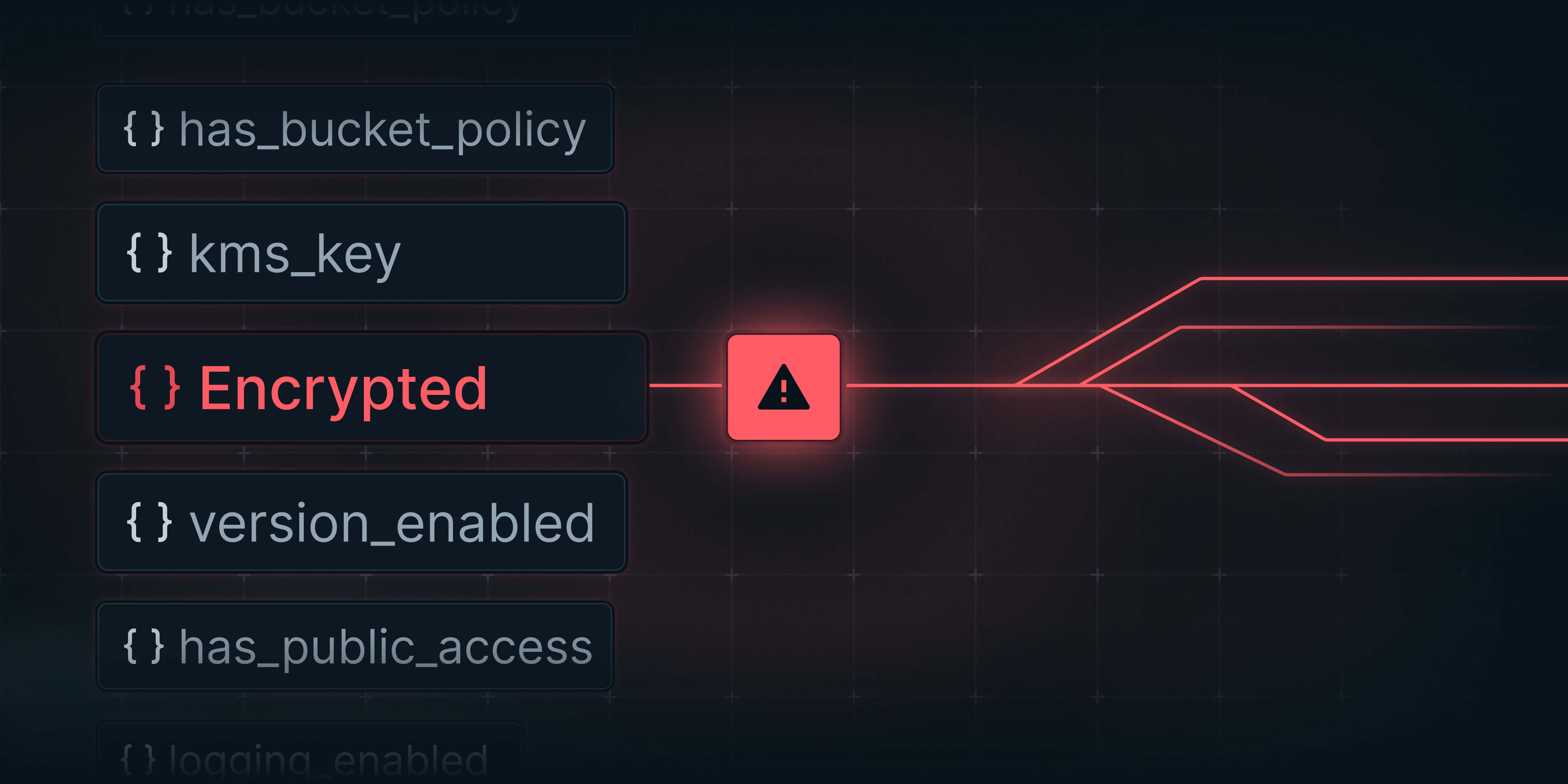Secure Your Config or Surrender Your Perimeter: Why Misconfigs and Configuration Controls Matter for CyberSecurity

We’ve heard it everywhere: “identity is the new perimeter.”
But that only tells part of the story. In modern cloud environments, identity is just one type of asset, not the perimeter. Identity is a component of the broader system, and its behavior is entirely governed by one thing: configuration.
Old playbooks don’t work either. The comforts of physical security zones, DMZs, and perimeter firewalls that made sense in on-prem data centers don’t apply to the cloud. There’s no rack room to wall off. No single ingress point to fortify. Cloud infrastructure is boundaryless, ephemeral, and API-driven.
Instead, configuration is the new perimeter.
It’s the literal mechanism that defines your cloud security posture. Identity access is a config file. WAF rules? Config. VPC peering? Config. Encryption, logging, tagging, and public versus private is ALL configuration.
Every one of these controls is only as good as the configuration behind it. Firewalls, IAM roles, S3 buckets, load balancers, and containers are all assets. What secures them is how they’re configured.
Your cloud’s perimeter is defined by how your infrastructure is shaped. And the shaping mechanism is configuration. Without governing configuration, there’s no perimeter at all.
Why Configurations Are Security’s Critical Path
Once we accept configuration as the perimeter, we must recognize it as the single most consequential layer in your cloud environment. Every control, policy, and potential exposure flows through configuration. It’s the enforcer of your intent and the vector of your mistakes.
Configuration binds security policy to infrastructure reality. You can have brilliant architecture diagrams, well-meaning developers, and dozens of scanning tools, but if the configuration is wrong, nothing else matters.
Whether an S3 bucket is public or private, whether encryption is enabled, whether logs are collected, or whether a service runs with admin privileges are literal settings that live in code, YAML, CLI flags, UI checkboxes.
They are everywhere and always changing.
The pace of change is a reality to be governed. When the configuration is right, it enforces your intent. But when it drifts, you lose control. To keep up, you need to govern them as a living system: intentionally, continuously, and comprehensively.
The Cloud Perimeter Is Programmable, So Program with Purpose
The cloud perimeter is written in code, driven by automation, and mutable on demand. That makes it incredibly powerful and potentially fragile.
If your perimeter is programmable, then the only rational strategy is to program it with precision. That means moving from reactive guardrails to proactive governance. From best-effort security reviews to policy-as-code. From ad hoc changes to deliberate version control.
Yet in most environments, configuration changes still happen manually or reactively. Drift occurs quietly, defaults go unchecked, and security becomes a matter of hope rather than engineering.
There’s a better way. If you treat configuration as critical software, you can apply the same principles that make great software resilient. Write it declaratively. Validate it before deployment. Monitor it in production. Detect unauthorized changes. Correct drift automatically. And embed controls directly into the development lifecycle.
When configuration becomes intentional, your perimeter becomes reliable. And when your perimeter is reliable, your security strategy stops depending on luck.
Why Misconfiguration Is the New Breach Vector
Understanding how modern breaches happen brings clarity to the stakes of configuration governance. Today’s attackers aren’t wasting time on zero-days or sophisticated malware when misconfiguration is often the path of least resistance.
A public S3 bucket. An overly permissive IAM policy. An open security group exposing a dev environment. These aren’t anomalies. They’re the norm. They’re born from complexity, speed, and oversight.
Cloud environments change constantly. Pipelines deploy new infrastructure, developers tweak IAM to get something working, a script disables logging to speed up performance tests. Each change seems small. But together, they define your exposure.
Attackers know this and scan cloud assets around the clock looking for weak points, often finding them before your team does.
Misconfigurations happen because the controls were never correctly implemented in the first place. And because most teams don’t enforce policies at the configuration layer, these mistakes become risks that quietly compound.
To reduce risk in the cloud, you need fewer misconfigurations. Treat configuration not as metadata, but as the foundation of your security posture.
From Control to Confidence: Building Feedback Loops That Prove Security
As your perimeter moves into code, your ability to manage risk must mature from detection to governance. Systems must enforce policy and prove protection continuously.
Security confidence comes from control and preventing violations from happening. If prevention fails, responses must be automated along with proof that controls worked or didn’t.
A security feedback loop starts with intent, continues with enforcement, and ends with evidence. What should be true? Is it true now? And can I prove it was true over time?
When these three elements align, configuration becomes the nervous system of your cloud. Every policy becomes actionable. Every deviation is corrected. Every decision is recorded.
Final Thought: If You Don’t Secure Your Config, You’ve Already Lost the Perimeter
Your infrastructure today is already governed by configuration. Access, controls, and exposure are all encoded in variables, policies, and flags.
If you don’t secure your config, you’re not guessing at risk. You’re inheriting it.
The cloud gives you a programmable substrate, but whether that becomes your defense or your downfall depends entirely on how you manage configuration.
So treat it like what it is: secure your config or surrender your perimeter.


